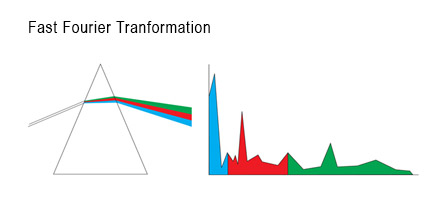FRACTAL NEURODYNAMICS
TIMEFRAME
FAST FOURIER TRANSFORMATION
ALGORITHMS BASED ON CHINESE MEDICINE
SPECTRAL ANALYSES
decoding into western parameters – high frequency (HF), low frequency (LF, VLF) (parasympathetic, sympathetic and neurohormonal, respectively)

HeartQuest’s early work in Heart Rate Variability technology originated in the former Soviet Union in 1968 by Roman M. Bavesky, PhD. Soviet scientists were interested in the vital signs of submariners to track their health. The technology was sufficiently developed to transmit the information from submarines (and later in space with cosmonauts) to the surface, where scientists and physicians could analyze specific heart health along with other vital signs.
Later, Yury Smirnov, PhD, accompanied. Dr. Bavesky as he continued to develop his technology. This science, based on the dynamics of cardiac rhythms or fractal neurodynamics, bore her signature. These rhythms reflect and determine quality of life, as cardiac activity is most meaningful and informative. Optimal function ensures the proper functioning of other organs as the heart reflects these regulatory processes. As advances were made in 1983, biorhythm research accelerated the applications of its work. Being able to view the heart as the central operating system in the human body would now be able to point out key factors when regulatory systems were disrupted. The USSR recognized and awarded Dr. Bavesky and Dr. Smirnov for their achievements in this field.
Javdat Karimov, a Russian physician, joined Dr. Smirnov in advancing the correction of psycho-emotional and physiological conditions, documenting an individual’s physical and mental stressors, and providing an easily readable visual representation in Eastern and Western medicine. .. HeartQuest, in its current form, through the work of Dr. Karimov and his colleague, Michael Kessler, DC, is able to show (visual images) how effective specific therapy could be in reducing physical and mental stress. Advanced science in the study of rhythmic processes of the human body and the mechanisms controlling these rhythms now allow practitioners to understand and use this technology at deeper levels than was previously known.
